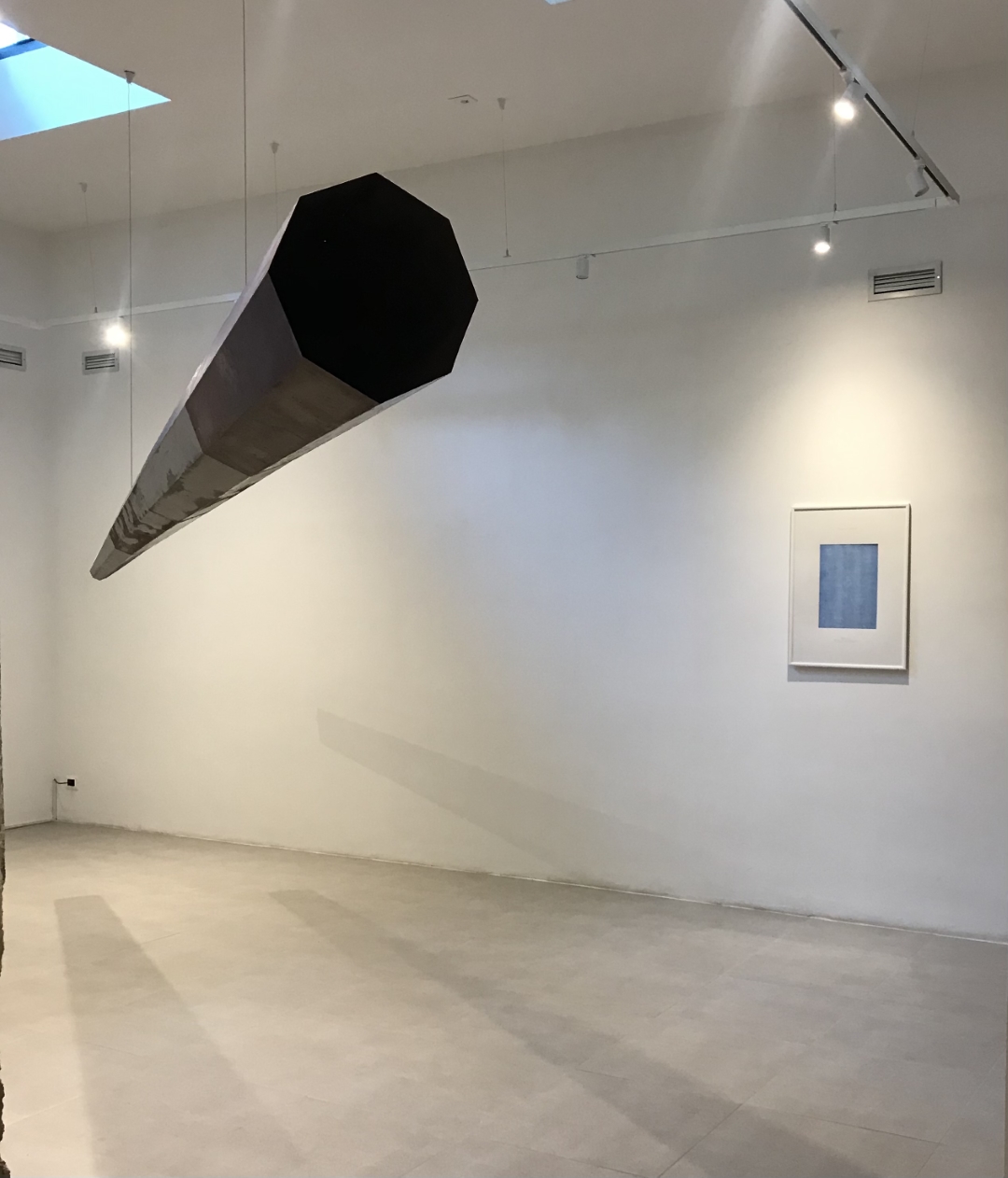Galeria e Bregdetit in Radhima (Vlora) brings to the premises of Boulevard Art and Media Institute (Tirana) a residential project that brought together contemporary artists, who lived and worked on the Ionian coast for a year. The artists rethought the tourist phenomenon and created works that raise questions about the dominant narrative depicting the coast. This project was concluded with an exhibition that will be open for the visitors from October 15 to November 7, 2021.

Five international artists participated in this exhibition: Brigita Antoni; Anna Baranowski; Valentina Bonizzi; Vlad Brateanu and Ioana Vreme Moser. They worked in various mediums, such as: installation, photography, video art, short film. Their works were realized during one year, as a result of their research work in Albania for the Off Season Tourism Agency project.
Brigita Antoni (born in Montenegro, 1987) examines the relationship between science and global transformations resulting from scientific discoveries, especially in the fields of astronomy and optics. She presents a video-installation at the Off Season exhibition, entitled Wait for it.
A standard image of travel agencies appears in this work; the usual meditative moment of sunset. The artist has picked out precisely that fragment of the waiting process that is created during the working months, to be finalized with a moment of rest. As the sun goes down, threatening weather sounds are heard, which become more vibrant towards the end of the video, thus displaying an abstracted view from the reality of climate crisis all over the world.
Anna Baranowski (born in Poland, 1983) currently works on the ubiquitous existential issues of the human being. In this project the artist presents a short film entitled: Heritage.
The content of this video focuses on the legacy of the communist era in Albania, as it appears in a microscopic view. Through these cinematic images, large concrete surfaces of bunkers are shown, demonstrating power and displayed as indestructible monuments in front of new political eras. In this film, these military remains are parallelized with statues of former rulers and archeological excavations of antiquity. A part of these images consists of some excerpts from the educational films of the communist era that focus on preparing the population for an emergency against the enemy attack, taken from the Central State Archive of Albanian Film.
Valentina Bonizzi (born in Milan, 1982) currently lives in Tirana and works with a variety of mediums such as: film, photography, literature, audio and actions in public spaces. The artist brings Chapter 0, a project that comes with two installations and a series of documentary photographs of an event, which is part of the film making process.
28 concrete cubes are placed on top of each other in a corner of the exhibition and they bear some distinguishing elements, such as drawings of hearts accompanied by names and dates, found in the ruins of an abandoned school on the island of Sazan. 28 is the number that gives rhythm to these elements and coincides with the lunar cycle, as well as with the preparation of the mass of water and cement to become concrete.
The sequence of photographs shows images of a research voyage by boat, as the artist follows Giuliana Bruno’s notion of the vessel as a double image: that of the ship and the artery (as in the vessel of blood).
On Chapter 0 there is also an outline created by the combination of cartography and cinematography. On a blue background there are sketched hearts, names and dates as a plan for a movie script.
Vlad Brateanu (born in Romania, 1986), his works show an interest in the photography process as an intuitive gesture, a snapshot, a figurative sketch, all these from a documentary point of view. In the Off Season Brateanu presents three installations: Twinkle little star; Seismograms; Dedicated.
Twinkle little star is an archival print on paper, which changes the color of a forgotten monument of a socialist star built of concrete, found on the island of Sazan. The star makes the transition from red to the golden yellow of European neoliberalism, thus questioning this paradoxical gesture.
Inspired by an existing monument dedicated to the welcome of refugees from the Albanian people in the area of Radhima, the artist creates a new headstone entitled Dedicated. This work is an engraved granite slab that expands the theme of hospitality and its industry by poetically commenting on the relationship between visitors and hosts.
Seismograms is a series of drawings made by the artist during his residence. The drawings compose the landscape by reproducing the horizontal movement of a seismograph, realized in the form of a diary.
Ioana Vreme Moser (born 1994, in Romania), her work is dominated by technological artefacts, scraps, installations, sculptures, hand-made instruments or sound performance structures. In this exhibition she presents two works which belong to the mediums of video and installation.
The Sunken Amulets is a documentary video that shows several bunkers located on Sazan Island, mostly in the abandoned military zone on the border of the Adriatic and Ionian Seas. The video also shows a site-specific sound intervention, where three metal pipes were placed inside the bunkers in the same position as the weapons were supposed to be mounted and aimed at the enemy. In this case they investigate the inner space by creating sounds through mechanical friction. Instead of shooting bullets, the pipes project scratches with shocks, soft noises and vibrations. The pipes are placed next to each other and they project a sonata with a slow development which will then disappear along with the artifacts. Next to the video, one of these metal pipes stands as a separate installation, as an artifact of the artist’s work.









